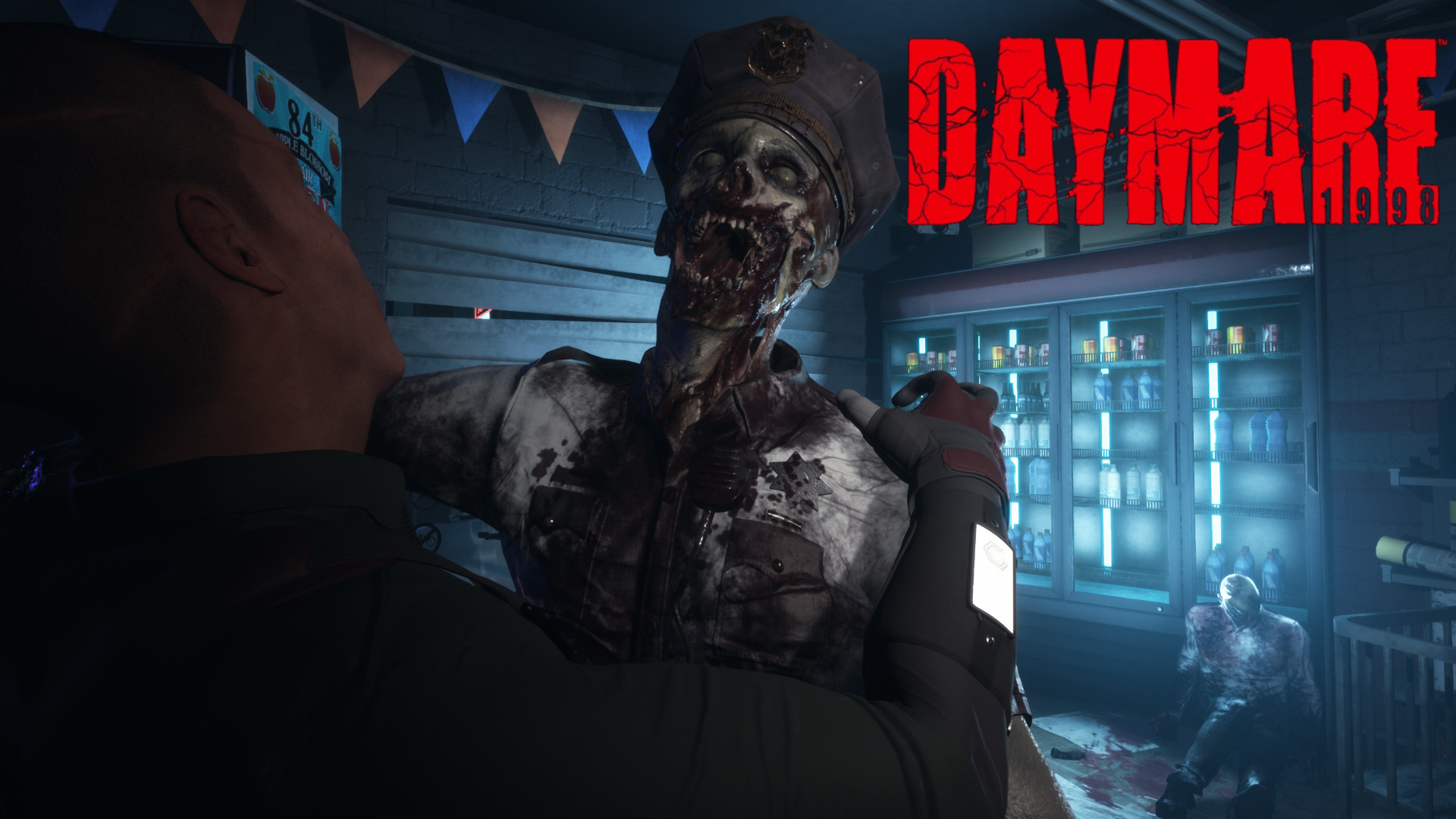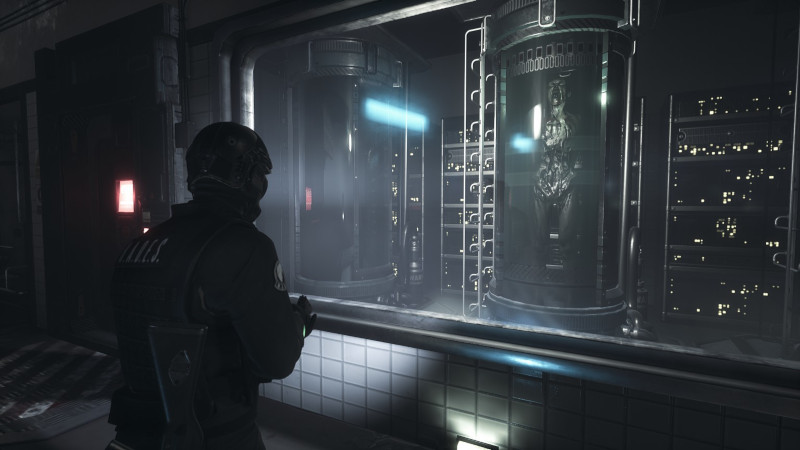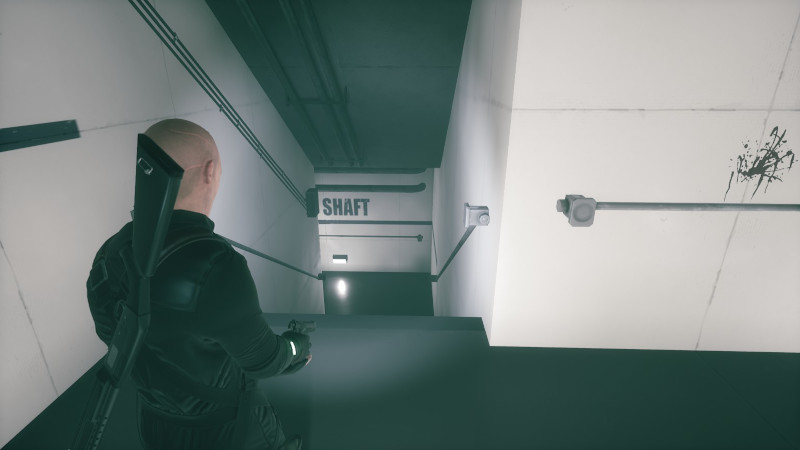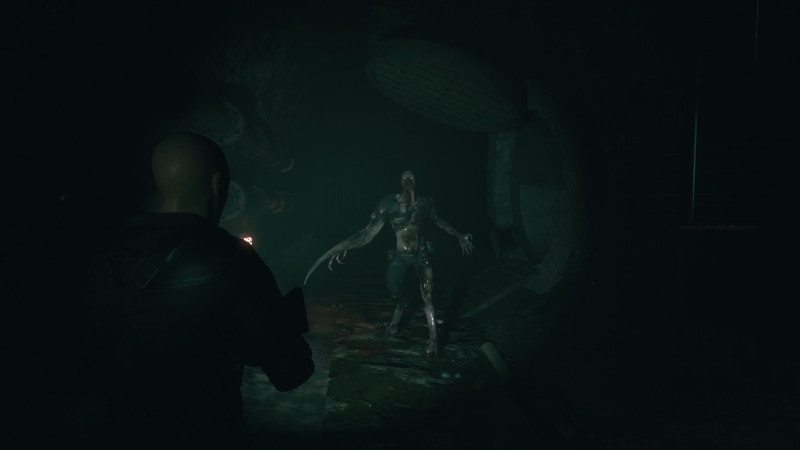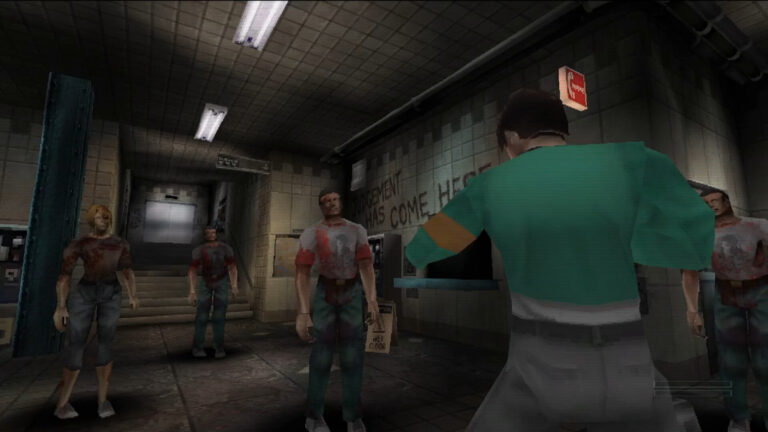It’s impossible to talk about Daymare: 1998 without bringing up Resident Evil. Developer Invader Studios had its roots as a group of fans working to create a remake of the beloved Resident Evil 2, a project that would actually be materialized when Capcom got around to doing it themselves. As a result, Daymare: 1998 is intended to be seen as a spiritual successor of sorts, and the influence is very clear. While Daymare: 1998 may be set in its own universe, every inch of the game feels ripped straight of a Resident Evil title, everything from the gameplay loop to the voice acting.
Whether or not this is for better or for worse is a highly subjective matter. If a very high-quality Resident Evil fanfiction is what you want, then you’ll probably enjoy Daymare: 1998. It’s honestly impressive how well it emulates its source material. That being said, if you are looking for a game that better defines itself as a unique property, then you are likely going to be sorely disappointed. I am ultimately unsure which of these two camps I fall into. As a huge Resident Evil fan, I do feel a childlike sense of glee upon seeing a big logo of an evil megacorporation plastered over a wall covered in undead corpses, but without anything truly unique to Daymare, I worry about the game’s ability to make a long-lasting impact in audience’s minds, especially when the next Resident Evil title comes out.
Daymare’s story fluctuates between the perspectives of three different characters, H.A.D.E.S agent Liev; an operative who works for Hexacore Biogenetic’s Private Military, Raven; a member of the Hexacore Airforce with a tragic backstory, and lastly Samuel, a forest ranger suffering from an illness known as ‘Daymare Syndrome.’ The basic premise is more or less the same as any Resident Evil game: evil corporation does evil things, zombie outbreak starts, everyone tries to survive and escape. It is mostly in Samuel’s portions of the game in which Daymare begins to break away from the traditional Resident Evil script. The aforementioned Daymare Syndrome is a mysterious ailment that affects a slim percentage of the populace living in the town of Keen Sight. The condition leads to extreme paranoia and terrifying hallucinations. Sam’s story centers around his quest to settle a vendetta against a Hexacore agent while simultaneously fending off the undead and hallucinations alike.
While the premise of Dead Space 2-esque visions creating a regular dilemma for our protagonist seems like an interesting one, I can’t help but feel that the idea is half-baked. It is certainly cute the first time an imaginary zombie appears to waste some of your shotgun ammo, but the effect is quickly lost after the fiftieth encounter. Apparently, all Daymare Syndrome does is make you see dead people, which is a shame when you consider the potential for horror in a character’s perspective that’s altered. Having the streets of Keen Sight contort into a hellish Silent Hill-like landscape has a lot of potential.
As for the presentation, Daymare both excels and falls short in some regards. For a development team of its incredibly small size, Daymare looks fantastic. The city streets of Keen Sight specifically stand out as being rendered in immaculate detail and makes this locale one with lots of personality. There is a consistent level of visual quality throughout the entirety of the game. The one exception lies within the character model animations within the game’s handful of cutscenes, all of which have an unintentional uncanny horror to them. There is also the voice acting, which honestly rivals the original Resident Evil in terms of “quality”, but that is an aspect I ultimately don’t mind and kind of find charming. What is unfortunate is the underutilization of the game’s soundtrack. There are some actually good pieces that play in certain scripted sequences, but more often than not the game’s soundtrack is mostly absent — a major shame considering that much of the atmosphere of early Resident Evil and Silent Hill titles were largely established through their music.
I feel like I’ve been rather harsh to Daymare thus far, but I did actually enjoy the game quite a lot. That’s because Daymare’s gameplay is the area in which the game starts to truly shine. The gameplay formula is yet again exactly what you’d expect of the survival horror genre: explore/search for supplies, fight or flee from the monster, manage inventory, solve puzzles, rinse and repeat. In Daymare, this formula is executed incredibly well. Exploration is regularly rewarded, inventory management is a regular concern, and best of all…the zombies don’t take thirteen headshots to kill. Puzzles are among my least favorite aspect of survival horror games, but with only the exception of one puzzle (have a greek alphabet chart pulled up on your phone), most of the puzzles here strike a good balance between forcing the player to think for a moment without distracting them from the horror for too long.
Fortunately, there is more content here than many indie games on the market, as about one playthrough matched about the same runtime as a mainline Resident Evil title. And while the game may be slightly less speedrunner friendly, there is a comparable level of replayability as there are plenty of collectibles, documents, easter eggs to collect, and even achievements for things like a ‘no deaths’ playthrough, so there is a reason to go back after the first run. However, a bonus mode like The Mercenaries would have been a really nice inclusion.
The gameplay loop is very well handled, but that isn’t to say it is perfect. I suspect that perhaps ammo is slightly too generously handed out, and I found myself yearning for a few more types of enemies that would truly shake up how confrontations went down. That isn’t to say that the varieties of enemies aren’t appreciated, some of which actually managed to make me genuinely scared (unfortunately a rare phenomena for me nowadays), but for the most part they are dealt with in the same manner as any old zombie: run away to a safe distance and shoot. Compare that to the variety found with the unkillable Mr.X that relentlessly stalks the player or the Lickers that require quiet and subtle movements to bypass.
However, the biggest issue lies in Daymare’s general ‘jankiness’ and some questionable decisions in the control scheme. For example, there are literally two different kinds of running in Daymare, ‘jog’ and ‘sprint.’ The base player speed is naturally pretty slow, so if you want to move at a reasonable pace you are going to be ‘jogging’ most of the time. But if you ever find yourself needing to ‘sprint,’ then you’re gonna need to hold down two buttons, and if you aren’t holding the two buttons down in the ‘correct’ way then the inputs may not even register. Needless to say, just moving is a bit more complicated and less comfortable than it should be. There are a lot of minor quirks like that to both the controls and mechanics, none of which break the experience, and a lot of which could easily be addressed in a hypothetical patch or two. I sincerely hope they do address these problems because Daymare’s survival horror foundation is pretty good.
Daymare: 1998 is the passionate pursuit of a group of diehard Resident Evil fans. While it may be rough around the edges — very rough in some cases, the project ultimately does a lot right, especially in terms of gameplay. It may be a hard sell for some, but every Resident Evil fan yearning for more should go buy this game. I sincerely hope we see more from Invader Studios in the future.
 (7 / 10)
(7 / 10)
Good
 (7 / 10)
(7 / 10)
 TheAveryChu
TheAveryChu